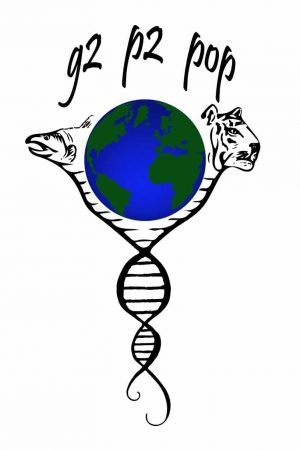 What is g2p2pop? The catchy abbreviation describes a new effort to model genomes to phenomes to populations in a changing climate.
What is g2p2pop? The catchy abbreviation describes a new effort to model genomes to phenomes to populations in a changing climate.
The project grew out of activities of the NIMBioS Working Group on Modeling Organisms-to-Ecosystems, and received a $500,000 Research Coordination Network (RCN) award from the National Science Foundation.
Nika Galic, who works in environmental safety and ecological modeling at Syngenta Crop Protection, was a participant in the Working Group and is co-PI on the grant.
The goal of the RCN is “to assemble a diverse, interdisciplinary, multi-institutional, multinational network of scientists to tackle the urgent challenge of predicting how populations and species of vertebrates will respond to a changing climate by integrating knowledge across levels of biological organization.”
Through up to ten laboratory exchanges and five planned workshops, g2p2pop aims to serve as a platform for building interdisciplinary collaborations. They hope to develop new mechanistic models to extrapolate key processes across levels of organization.
Working Group co-organizer Valery Forbes is co-organizing one of the g2p2pop workshops next summer on “Modeling from Genomes to Phenomes to Populations” at the University of Minnesota.
Membership in the g2p2pop RCN is open to university faculty, students, and postdoctoral scholars, those working in industry, and anyone with an interest in the topic.
PI is Loren Buck, professor of biology at Arizona State University. Along with Galic, the other co-PI is Allyson Hindle, assistant professor of anesthesia at Massachusetts General Hospital/Harvard Medical School.
You can read more about g2p2pop at https://nau.edu/cbi-rcn-g2p2pop/
